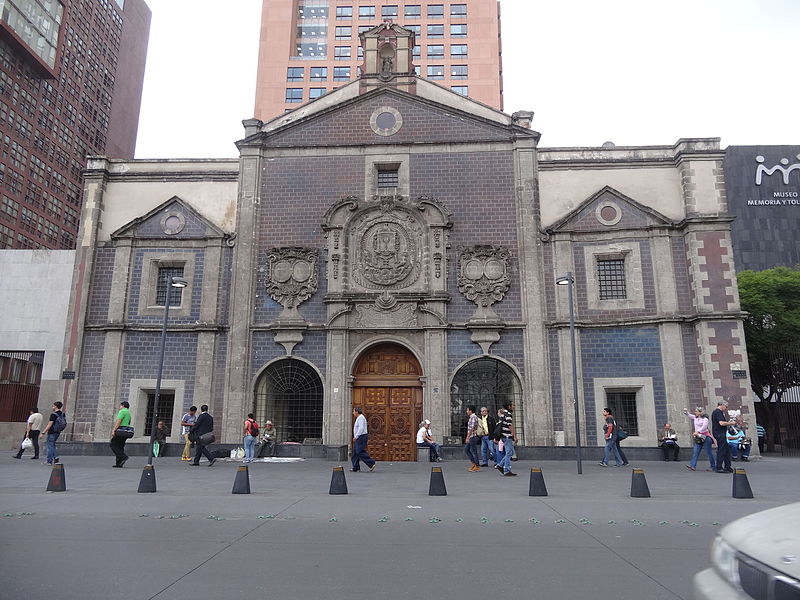
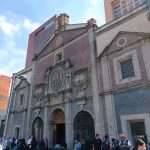 In 1720, the Viceroy Marquis of Valero hired the famed architect Pedro de Arrieta to build a temple and convent dedicated to women of indigenous origin. This fact was remarkable, since indigenous peoplewere considered "new Christians" and therefore were excluded from priestly orders and monastic life. Two centuries after the beginning of the Christian evangelization in New Spain, the daughters of indigenous caciques were able to enter the convent of the Poor Clares of Corpus Christi. These foundation gave rise to the convents of Oaxaca and Morelia.
In 1900, the old temple was redecorated by Emilio Dondé, in 1920 the vestiges of the convent were demolished, leaving the church exempt. In 1942 a Hygiene Museum was inaugurated there. In 1971, this became the Museum of Popular Arts and ia mural was executed in the high choir of the old temple. The work of Miguel Covarrubias, it represents a map of Mexican handicrafts.
It is currently the headquarters of the Historic Archive of Notaries of Mexico City within a complex of administrative buildings built between 2001 and 2004.
In 1720, the Viceroy Marquis of Valero hired the famed architect Pedro de Arrieta to build a temple and convent dedicated to women of indigenous origin. This fact was remarkable, since indigenous peoplewere considered "new Christians" and therefore were excluded from priestly orders and monastic life. Two centuries after the beginning of the Christian evangelization in New Spain, the daughters of indigenous caciques were able to enter the convent of the Poor Clares of Corpus Christi. These foundation gave rise to the convents of Oaxaca and Morelia.
In 1900, the old temple was redecorated by Emilio Dondé, in 1920 the vestiges of the convent were demolished, leaving the church exempt. In 1942 a Hygiene Museum was inaugurated there. In 1971, this became the Museum of Popular Arts and ia mural was executed in the high choir of the old temple. The work of Miguel Covarrubias, it represents a map of Mexican handicrafts.
It is currently the headquarters of the Historic Archive of Notaries of Mexico City within a complex of administrative buildings built between 2001 and 2004.
Heart of México Walking Route: Alameda - Madero
< < Juárez Hemicycle | Palacio de Bellas Artes > >
Proyecto “Corredor de Cultura Digital”.
Nombre de la investigación: Investigación Centro Histórico, Monumentos, Edificios y Puntos de Interés (2023)
Dirección de investigación y diseño de Rutas: Acércate al Centro A.C. Guadalupe Gómez Collada
Coordinación e investigación histórica: Fideicomiso del Centro histórico Dir. Maestra Loredana Montes
 55 5518 1475
55 5518 1475
 http://data.consejeria.cdmx.gob.mx/index.php/dgjel/archivo-general-notaria
http://data.consejeria.cdmx.gob.mx/index.php/dgjel/archivo-general-notaria
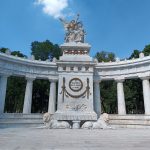
Nearest at 0.04 kms.

Nearest at 0.07 kms.
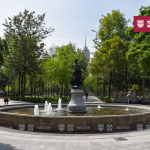
Nearest at 0.11 kms.
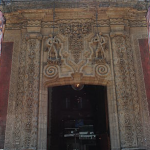
Among the strongest places to see historical and colonial period art works . . .

Bellas Artes has long been an iconic symbol of Mexico City's culture and performing arts.
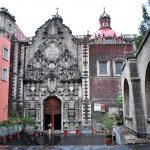
One of the oldest places on today's calle Madero, the temple is only accessible through a remaining side chapel.
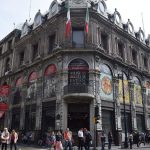
One of the most eclectic of museums, at home in one of the most dynamic of late 19th century buildings.

The Benito Juarez monument is just one of the most prominent points of interest in the Alameda Central.